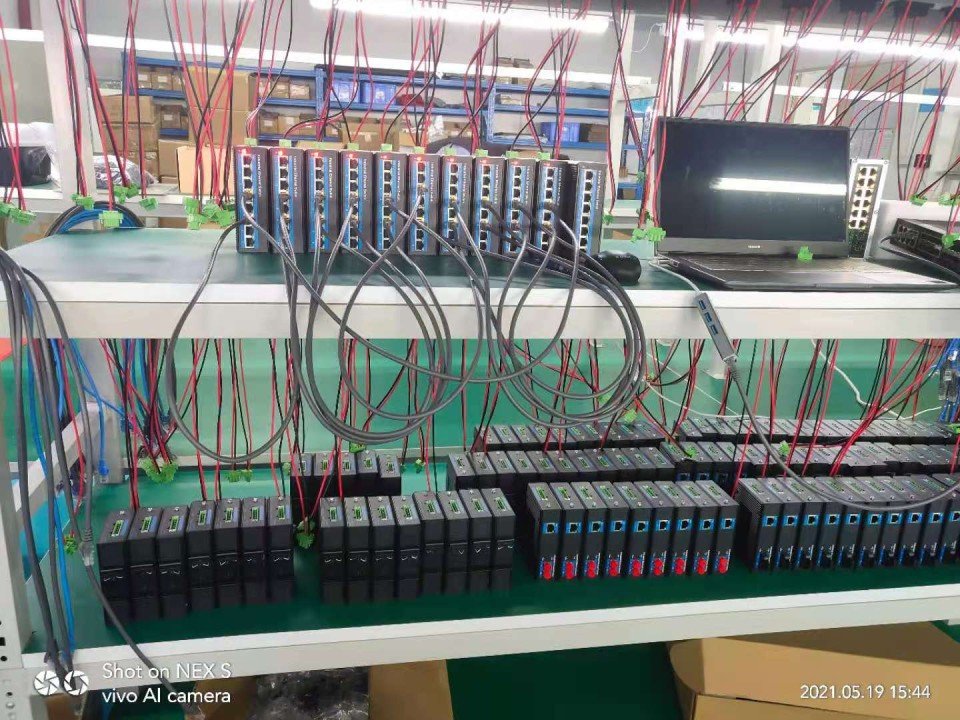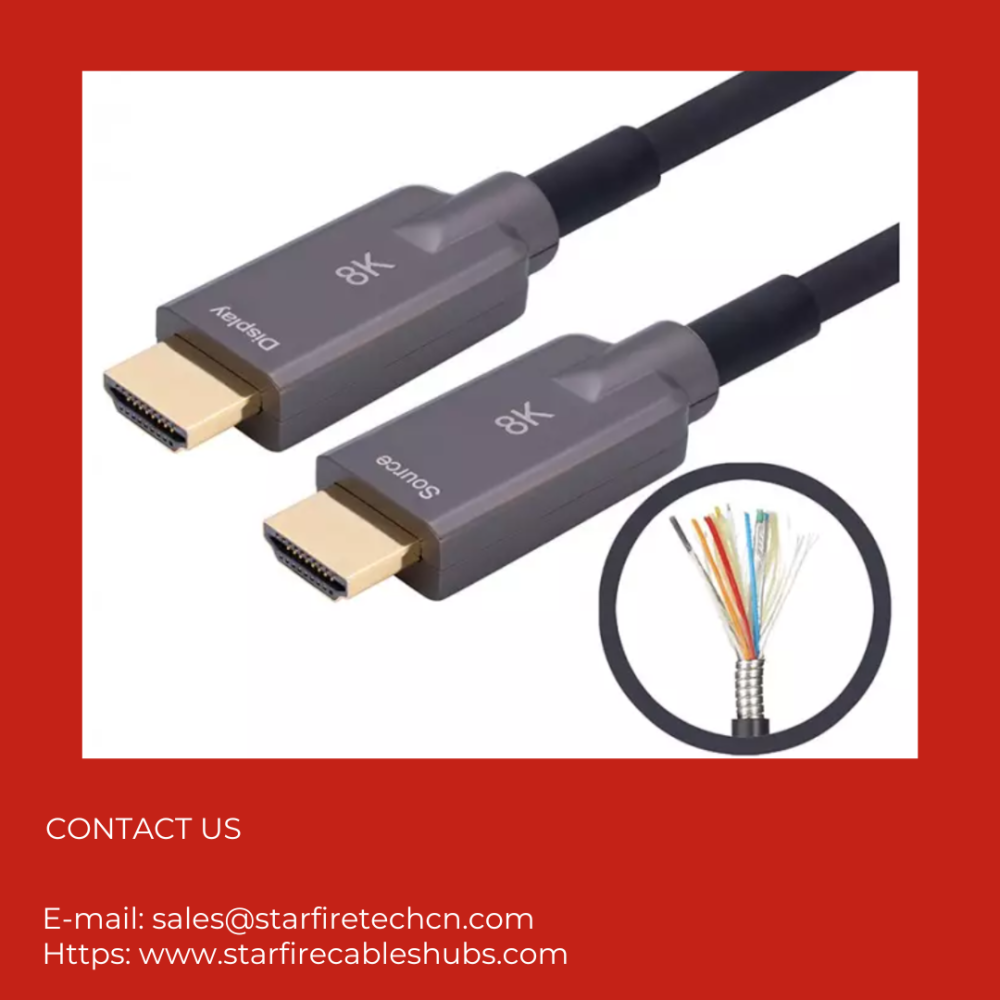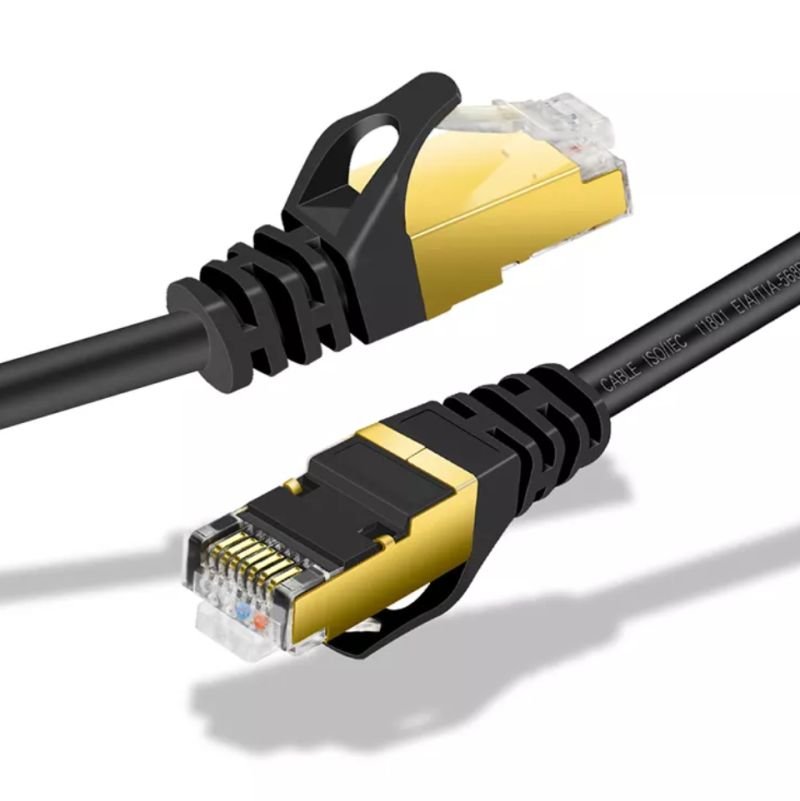Table Of Content
Table Of Content
Industrial Ethernet switches have been around for several decades and have evolved significantly over time. Here’s a brief overview of their development history and future development trends:
- Early Days: In the early days of Ethernet, industrial networks were built using standard office-grade switches, which were not designed to withstand harsh industrial environments. This led to reliability issues and frequent network failures.
- Emergence of Industrial Ethernet: The need for more reliable and robust Ethernet switches led to the emergence of Industrial Ethernet in the late 1990s. Industrial Ethernet switches were designed specifically for use in harsh industrial environments, with features like ruggedized enclosures, extended temperature ranges, and industrial-grade components.
- Advancements in Technology: Over the years, industrial Ethernet switches have continued to evolve, incorporating advanced features like Power over Ethernet (PoE), Gigabit Ethernet, and Layer 3 routing capabilities. These advancements have improved network performance and efficiency while also reducing costs.
- Increased Focus on Security: With the rise of cyber threats, security has become a critical consideration for industrial Ethernet switches. Today’s switches offer advanced security features like network segmentation, access control, and encryption to protect against unauthorized access and data breaches.
- Future Trends: Looking ahead, some of the key trends in industrial Ethernet switch development include:
- Increased adoption of the Industrial Internet of Things (IIoT) and Industry 4.0, which will require switches that can support a growing number of connected devices and handle large amounts of data traffic.
- The integration of machine learning and artificial intelligence (AI) into industrial networks, which will require switches that can support advanced analytics and processing capabilities.
- The continued focus on security, with more advanced threat detection and prevention capabilities.
- The adoption of new standards like Time-Sensitive Networking (TSN), which will enable more precise control of real-time applications and improve network performance and efficiency.
Overall, the development of industrial Ethernet switches has been driven by the need for reliable and robust networking solutions that can support the unique requirements of industrial environments. As industrial networks continue to evolve and become more complex, we can expect to see further advancements in Ethernet switch technology to meet these evolving needs.
To discover reliable industrial ethernet switches https://starfirecableshubs.com/product/
For any needs, Pls. kindly connect us at sales@starfiretechcn.com







